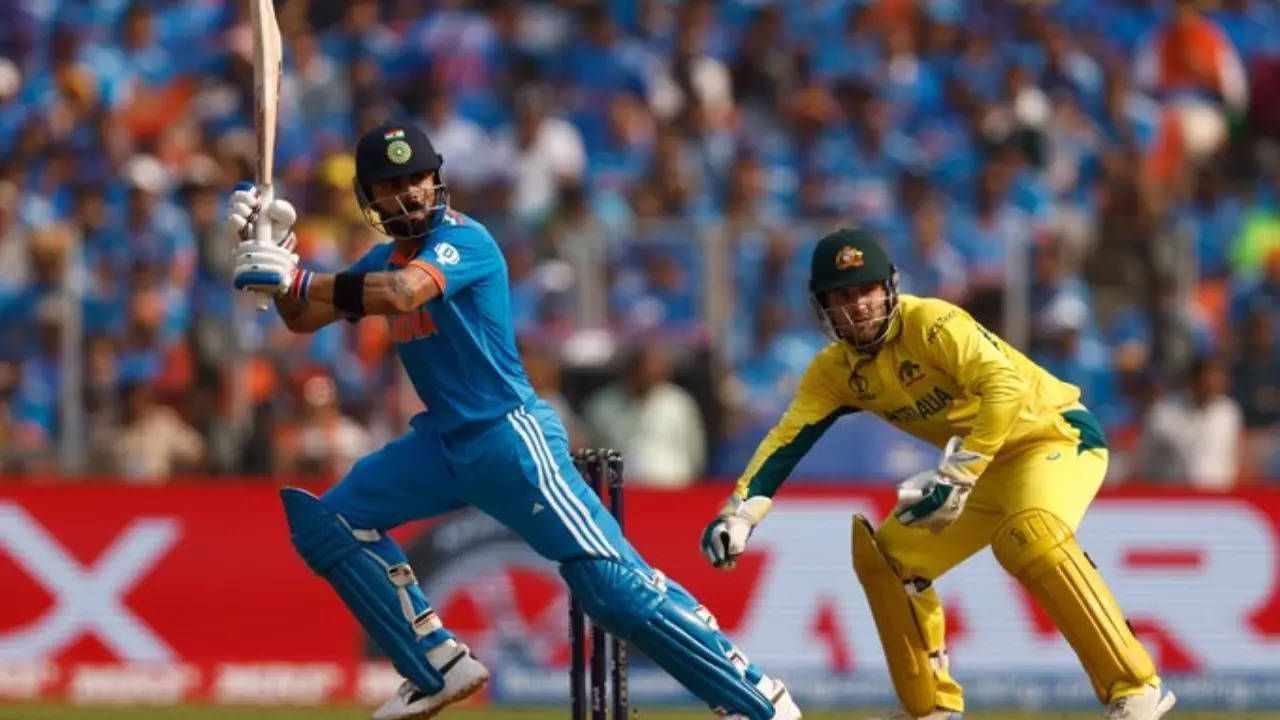
3 big lessons India can learn from the 2023 World Cup final defeat to Australia
Team India suffered a heartbreaking defeat at the hands of Australia in the 2023 ODI World Cup final at the Narendra Modi Stadium in Ahmedabad on Sunday. The Men in Blue's illustrious campaign on home soil did not have the fairytale ending, with Australia walking away with a comprehensive six-wicket win to claim their record-extending sixth title.
Rohit Sharma and company had played some near-perfect cricket over the course of the campaign to end the league stage unbeaten, along with a dominant win in the semi-finals as well. However, their unwanted tryst with heartbreaks continued as the recent defeat prolonged their ICC silverware drought even further.
While India do have several positives to take away from the tournament, it is the slight drawbacks from which they could learn and grow. Skill-wise, the current team was perhaps one of the greatest white-ball sides to exist, but as it happens with some sides, they just could not click together when it most mattered.
The overwhelming pressure of the finals, coupled with Australia's relentless pursuit and the conditions potentially stacked the odds against the Indians, which they could not overcome, despite being in the best of form.
The defeats in Dhaka, Sydney, Mumbai, London, Manchester, and Adelaide have taught the Indian team a lot, and unfortunately, Ahmedabad 2023 becomes another entry into the long list rather than a significant triumph.
On that note, let us take a look at the three big lessons India can learn from the 2023 World Cup final defeat to Australia.
#1 Live by the sword, die by the sword
Team India were one of the best operating sides in the middle overs, especially with the bat. The in-form batting unit controlled the second powerplay with utter ease, rotating the strike and scoring boundaries at will.
Even with the ball, they were a dominant outfit in the middle overs. After the new ball bowlers wreaked havoc with their opening spells. the spinners always stepped up in the middle overs - keeping things tight and chipping in with wickets. The pacers were also fruitful with the old ball in their second spell, setting up an excellent platform for the death overs.
However, it was the middle overs where India arguably lost the contest with both the bat and ball in the finals. Team India had amassed 80 runs in the first powerplay, but the fear of losing wickets resulted only in a handful of boundaries in the entire middle-over phase, India's lowest since July 2011.
On the bowling front, the Men in Blue clawed their way back into the contest with three wickets in the first powerplay, then just lost their way. Travis Head and Marnus Labushcagne dealt with the situation accordingly, with the dew playing a factor as well. The Indian spinners were largely helpless and ended wicketless for the first time in the tournament.
#2 Batting depth and sixth-bowler remain concerning issues
The No.8 spot in the batting order or the prospect of a sixth bowler in the set-up was one of the most talked about concerns about the Indian squad going into the World Cup, especially after the middle-order proved itself.
The Men in Blue had to pivot in a different direction following Hardik Pandya's injury. The team thrived with Mohammed Shami and Suryakumar Yadav in the playing XI, but despite the wins, it was evident that India lacked a sixth bowling option and some batting depth, in case disaster struck.
The final brought upon a situation exactly which the team and fans feared, India had to adopt a timid approach in the early middle overs with Suryakumar Yadav coming in as the last recognized batter at No. 7.
With the ball, Rohit Sharma had no one to turn to when none of the bowlers were able to make an impact and break the partnership for the fourth wicket.
#3 Pacing the innings and not losing wickets at the worst possible time
India and Australia were stranded in a similar situation with the bat, after losing three wickets. While the Men in Blue were pushed into a corner, their counterparts fought through the storm and bore the rewards.
The conditions did help Australia, but their positive mindset also worked wonders. They did not allow the Indian bowlers to settle and made it a priority to get a boundary off each over, preferably off the first couple of deliveries.
Also, each time India looked a bit settled and were close to reaching a point where they could potentially take risks and accelerate, they lost a wicket. It was not a surface where the new batter could settle from the word go, and as a result, the new pair always had to start from square one - with the lack of batting in the lower middle order playing at the back of their minds.
How can the Men in Blue overcome their losing streak in knockout games? Let us know what you think.